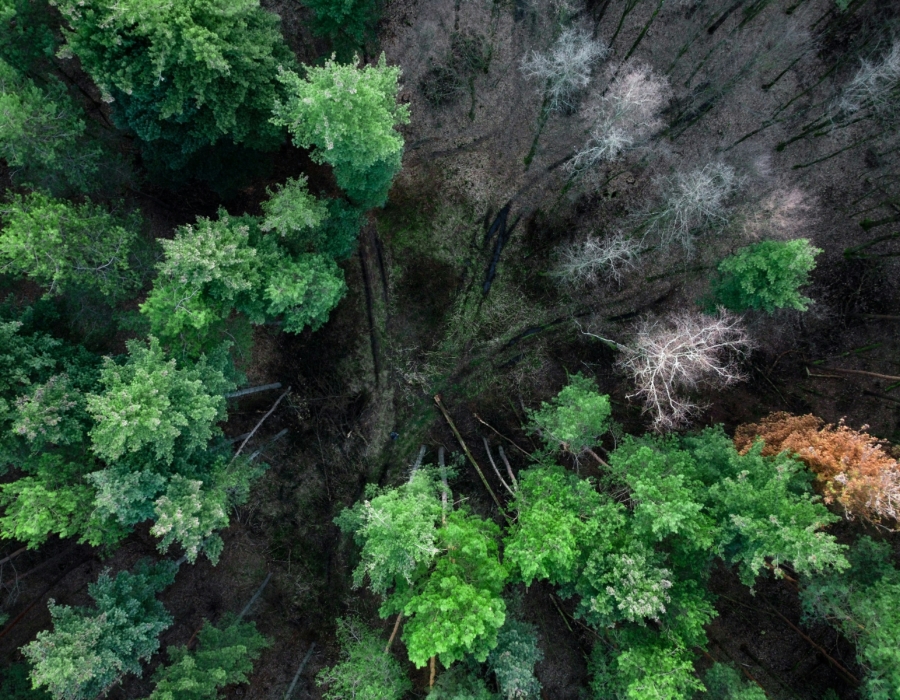
Explaining Scarcity
“If climate change is the shark, then water is its teeth and it is an issue on which businesses need far greater levels of awareness and understanding” – Paul Dickinson, Chief Executive Officer, Carbon Disclosure Project
Water management by business has made an interesting journey over the past century – from unlimited use and abuse via wastewater treatment to considering resource questions and being a water steward. In the 21st-century front-running companies have started to consider water security issues, partly because of societal pressure to contribute to the achievement of the Sustainable Development Goals and partly because for some companies it makes business sense to do so. But how do you know it makes business sense? Where do you start? And what is the problem exactly?
Water management makes business sense for any company depending on water – in essence, every company!
“Turn off the mains”, “How long can you produce?”
You are only immune to water risks if you can genuinely say forever.
Water is both a finite and a constantly renewed resource. The water cycle of evaporation- condensation – precipitation – ensures water gets around without losing or adding to the amount we inherited four billion years ago. No problem there. However, water has the quality of being highly localized. Water falling as snow on the northern side of the mountain doesn’t help those farmers on the southern side. Water evaporating from the drier regions around the equator falls as rain in the already soaked equatorial forests – nature playing the role of a reverse Robin Hood, stealing from the poor and giving to the rich.
Precipitation patterns vary across geographies and each basin receives its own amount of water. All activities, both natural and economic, will have to make do with that exact amount of water. If you then put a lot of people in a basin, you end up with scarcity. This fact explains some of the scarcity issues but not all.

Protests at the World Water Forum in Brasilia, Brazil in Spring 2018 hinted at another element of scarcity – allocation. The finite amount of water in each basin must be allocated, and in practice, this allocation follows a mix of “planned economy allocation” and “capitalism through price allocation”.
In most countries, allocation happens through water rights, permits, and pricing schemes. Agriculture tends to get most of the water (70% globally) and is oftentimes exempt from limits, permits or pricing schemes. Because water is so emotive (without water you will die after approximately three days – this drives such a strong emotional response) allocation can get used for political purposes too easily. Over-allocation is almost always a response to specific interests. Occasionally, over-allocation is the result of the lack of scientific facts. In many countries, it is an unfortunate combination of both.
In short, the problem with water is that it can be scarce due to geography, population density, lack of knowledge and mismanagement. What to do about it?
Five Actions
Since water is a shared resource no single entity can solve all issues – not even the government. Collaboration is key. To address water management, companies need to do five things:
1.Perform a risk assessment to identify the operations that are most at risk. The tool developed by World Resource Institute is by far the best. This tool has been based on recent research, which is transparently referenced. The results – and we can say this after investigating tens of thousands of sites with the use of this tool – is unbiased (no politics and no special interests). Consider all risks: reputational risks and regulatory risks matter just as much as physical risks, especially if you have high visibility (like a landmark building or an iconic brand) or a complex legal framework to deal with.
2. For the high-risk sites, dig deeper to confirm the issues in the relevant watershed (or basin), and define the root causes and calculate the likelihood and impact of the risks. Also, use this investigation to identify and map stakeholders and prepare a regulatory overview – including future legislation. This is called a Source Vulnerability Assessment (SVA) which is a useful reference for your future endeavors with water stewardship.
3. Some of your risks you will be able to handle alone, for others will need the help from third parties: stakeholders. Do not deny the case of stakeholders, resistance is futile. Yes, sometimes the stakeholders’ gripes lack substance or proof, but they never lack conviction. Whether driven by negative stakeholder attitude or by the possibility of cooperation to mitigate risks, you will need a platform for collaboration. That platform will help you convene stakeholders to enable positive and meaningful improvements in water security. The platform forms your basis for developing a shared vision for the watershed and with time can be used to start positively influencing water-related governance and decision-making. However, for that to happen you need to roll up your sleeves.
4. The next step is to execute projects. These projects can be varied – in some regions, you may want to focus on providing access to clean water for local communities, in others the focus may be on restoring eco-systems. It’s important to realize that these projects will likely not be sufficient to address water security in full. At best, your efforts will be establishing your platform as credible and effective. Only now can you and your platform work towards a solution of water security problems in your watersheds.
5. Your hard-won credibility will now enable your platform to start positively influencing water-related governance and decision-making. Most, if not all watershed-related issues need the government to step in and as we have seen, poor government practices are at the heart of many water-related problems.
The suggested approach takes years – reaching the point of being considered a valid partner by the government can take up to 10 years. Getting to the point where you have identified your stakeholders and set up an appropriate platform takes much less time, and joining an existing platform is also helpful to this process. A good SVA will help you identify appropriate platforms for your situation.
Managing your water-related risks isn’t an option anymore, it’s a must. Gain understanding of your risks and local situations, identify partners and work together with those partners to gain sufficient influence to drive government decisions towards sustainable use of water resources. Only with the sustainable management of water resources can you guarantee business continuity.
This article is written by Peter Penning, Senior Consultant, Sustainability, Antea Group
Email


